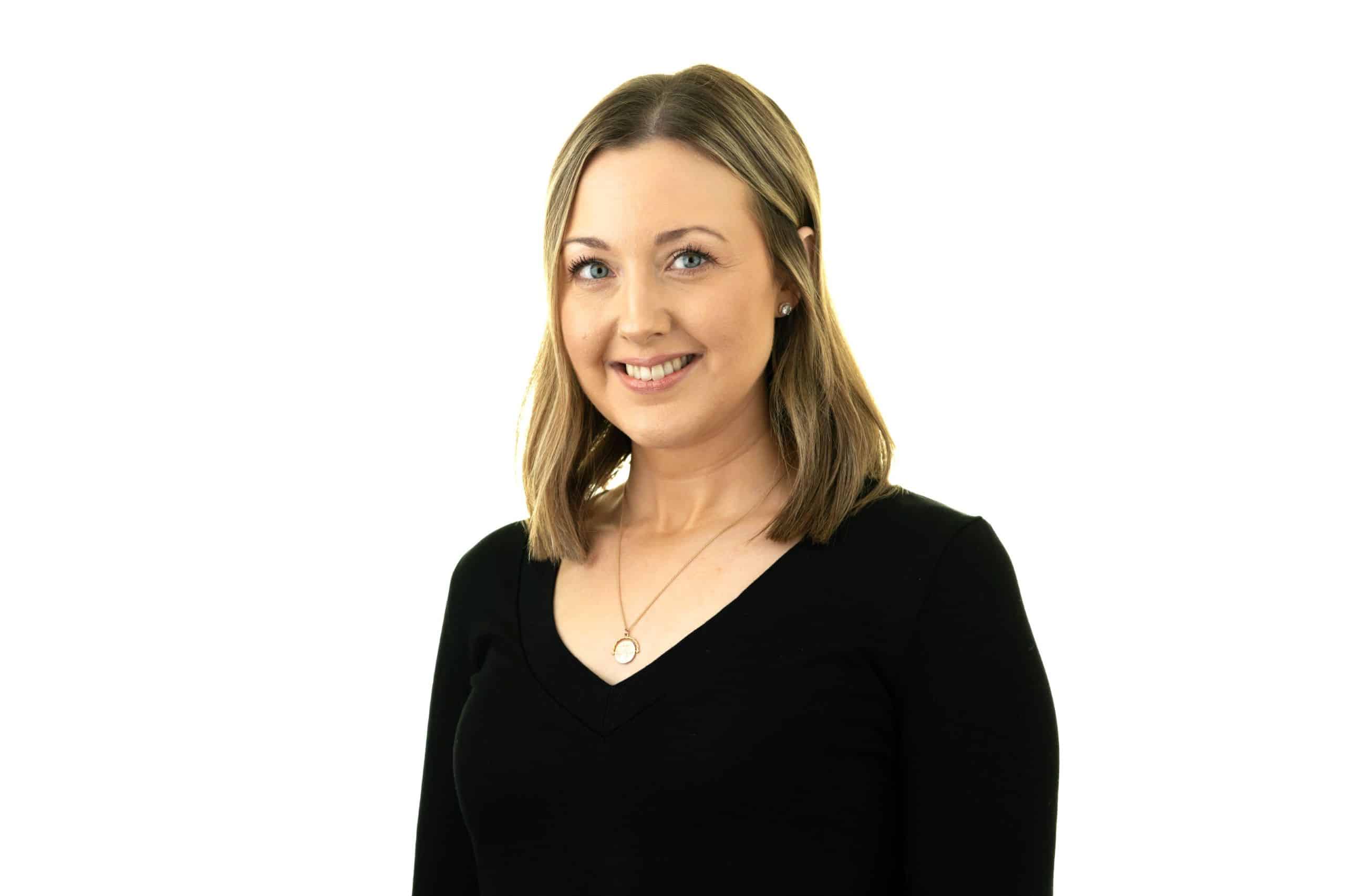A 59-year-old woman has received an £11,000 settlement after Oxleas NHS Foundation Trust admitted a CT Scan to treat ongoing swelling and foot pain should have been arranged sooner.
Janet Corbin, from Kent experienced a 12 month delay in surgery, months of pain and a loss of amenity after a previous procedure to remove arthritic bones on her left foot was incorrectly carried out.
It wasn’t until the end of that year that Oxleas NHS Foundation Trust admitted, in view of Janet’s ongoing pain, a CT Scan should have been arranged which would have confirmed whether the joint causing pain had united following Janet’s initial surgery.
Solicitor, Hannah Luscombe who represented Janet, said: “Sadly Janet experienced significant avoidable pain, suffering and loss of amenity which impacted on her daily life and ability to work.
“Fortunately we have been able to recover these losses for Janet and I hope the compensation will allow her to put her injuries behind her. I wish her all the best in the future”.
On 30th January 2015, Janet attended Queen Mary’s Hospital in Sidcup for a procedure on her left foot which involved the removal of bony arthritic bones and joints.
These joints were then fused using the bone from her heel bone under general anaesthetic.
On 20th March 2015, Janet was reviewed by a Podiatrist at the same hospital where it was noted that the wounds were healing well and there were no signs of swelling or infection.
Janet then underwent an x-ray, which showed that her bones were in suitable alignment and the cast was removed and replaced with an air cast boot.
On 1st April 2015, Janet was again reviewed at Queen Mary’s Hospital where she had a further x-ray, the results of which noted the fusion of her bones.
On 16th April 2015, Janet was reviewed by a Podiatrist at Queen Mary’s Hospital and by now, the swelling around Janet’s foot had reduced and had become a little less painful.
On 6th May 2015, Janet once again attended Queen Mary’s Hospital for a further review where it was noted that although swelling was still present, her foot appeared to be in suitable alignment.
It was also noted that Janet was walking in a guarded manner.
On 13th May 2015, Janet attended her GP who proceeded to prescribe her Gabapentin as she was still experiencing pain in her left foot.
On 6th August 2015, Janet then underwent an x-ray at Queen Mary’s Hospital which confirmed that there were no signs of internal fixation movement or significant prominence to account for dorsal soft tissue irritation, but there were still clinical signs of localised swelling.
On 4th September 2015, Janet’s screws and metal plates were removed from her left foot and on 18th September 2015, Janet was reviewed for the fifth time at Queen Mary’s Hospital where she was advised to return to normal weight bearing and activity levels.
On 19th November 2015, Janet returned to Queen Mary’s Hospital and reported that she was experiencing a lot of pain around the top of her foot and into her big toe.
The pain also travelled up on the outside of her leg.
On 23rd March 2016, Janet was seen following early stages of acupuncture and reported there was no resolution of her symptoms of dorsum of forefoot and on 5th May 2016 she was referred to a pain management clinic by her GP.
On 6th September 2016, Janet visited her GP who referred her for a second opinion at East Kent Hospital where she was put in for another x-ray.
On 23rd January 2017, Janet returned to East Kent Hospital where she was advised that there was a non-union across the fusion site between the second metatarsal and the middle cuneiform.
She was then advised on 30th March 2017 that she would have to have further surgery on her left foot which took place on 26th July 2017 at East Kent Hospital.
It was admitted that by the end of 2015, in view of Janet’s ongoing pain, a CT scan should have been arranged which would have definitively confirmed whether the joint had united, following which treatment options could have been discussed with the Claimant.

